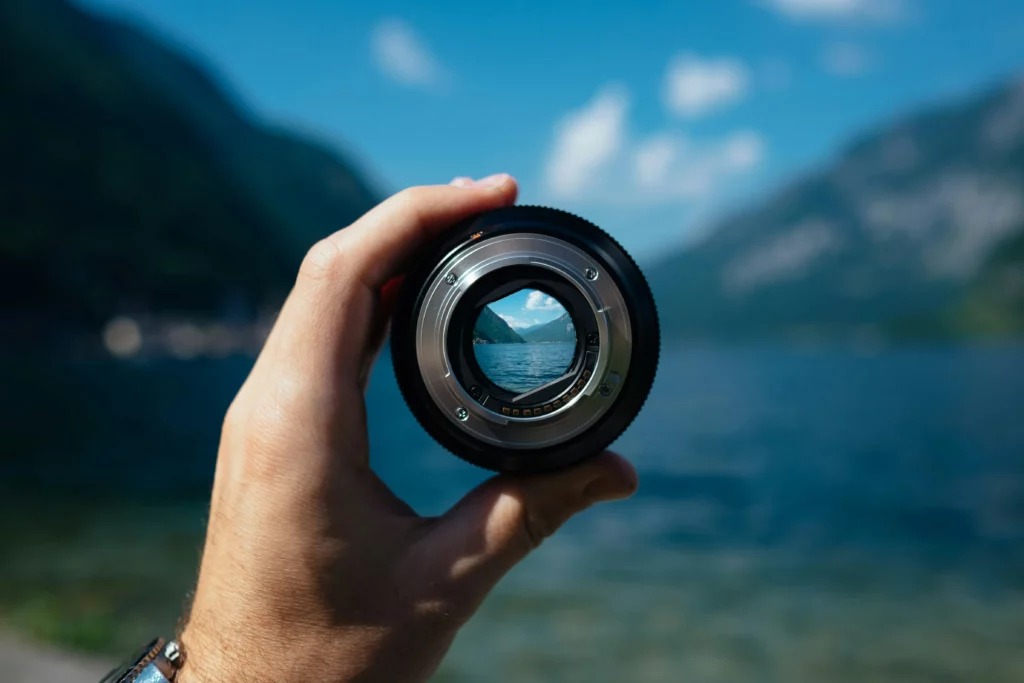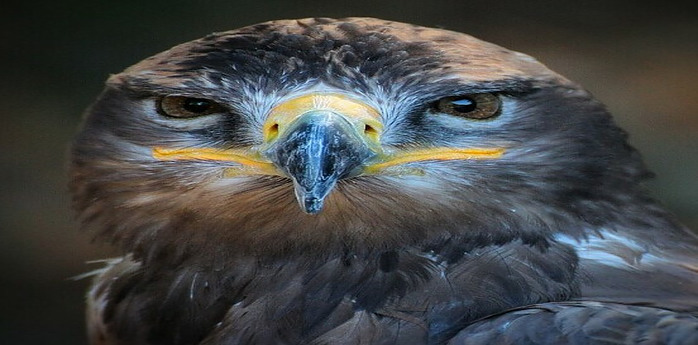I’m going to kick things off by exploring an aspect of nature that’s as mesmerizing as it is crucial: the exceptional eyesight of birds of prey. You’re going to find out about the sophisticated visual capabilities that eagles, hawks, falcons, and owls possess, which enable them to spot and capture their prey from remarkable distances.
But this isn’t just about marveling at the intricate design of nature; it’s also about understanding the critical role that vision plays in the life of these majestic creatures. Knowing more about how raptors see the world can augment conservation efforts and increase our appreciation for these birds.
So my question to you today is, what makes the vision of a falcon so precise that it can single out a small rodent from a mile up in the sky? How does an owl hunt with pinpoint accuracy in the dead of night? In this section, I’ll introduce you to the incredible world of raptor vision, setting the stage for a deeper dive into the specifics that follow.
Unveiling the Secrets: How Birds of Prey See the World
You’re going to find out about the intricate anatomy of these magnificent flyers and what exactly enables them to spot a target from seemingly impossible distances. It’s not just about sharpness of vision, but also the unique structure that allows for such exceptional focus.

In my opinion, to truly appreciate the sophistication of raptor vision, you have to dive into two key components: the fovea and the positioning of the eyes. The fovea is an area of the retina where the vision cells are most densely packed, which in birds of prey, is further special. They often have a double fovea, enhancing clarity and helping them to track moving prey with astonishing precision.
Moreover, the placement of their eyes on the head is a game-changer. Unlike humans, many raptors have forward-facing eyes. This gives them an overlap in visual fields, offering them excellent depth perception that’s crucial for zeroing in on prey during high-speed chases.
We must also talk about the staggering differences in the ‘visual real estate’ on their retinas. The retina of a bird of prey is loaded with a far greater number of photoreceptors compared to humans, enabling them to detect the finest details from long distances. This, coupled with their larger pupils, allows in more light, making their vision sharp even in dim conditions.
These key adaptations aren’t just fascinating biology facts; they’re pivotal to understanding the survival tactics we’re about to explore. The way birds of prey perceive the environment shapes their interaction with it—particularly how they hunt, which is what we’re going to look at next.
The Survival Toolkit: Vision and Hunting Strategies
Now let’s look at how birds of prey use their remarkable vision in the wild. Their visual acuity is not just for show; it’s a critical component of their survival. I’m talking about needle-sharp focus that allows them to spot a tiny rodent from hundreds of feet in the air. Here’s where things get interesting.
Each bird of prey has a specific set of techniques tailored to their environment and prey. For instance, eagles have a hunting style that leverages their high-altitude vision and speed, diving down at an incredible velocity to snatch up fish or small mammals. Owls, on the other hand, use their nocturnal vision to hunt in low light conditions, utilizing a ‘sit-and-wait’ approach before striking with deadly accuracy.
Your first attempt to understand this doesn’t need to be your last. We’re going to dive into a few case studies that illustrate these strategies in action. Take the Peregrine Falcon, the speed demon of the avian world. When it spots its prey from above, it enters a stoop—a swift, controlled dive—and can reach speeds over 200 mph, all while keeping its target in razor-sharp focus. Truly, their vision is a key factor in these astounding displays of aerial predation.
The environment plays a critical role here; for example, hawks often hunt in open fields and have adapted to track and dive at high speeds, while forest-dwelling raptors, such as the goshawk, have learned to maneuver through dense trees in pursuit of their quarry. Each species’ eyes are tuned to the specific demands of their hunting grounds, making their vision one of the most finely adapted tools in nature.
Now, why should we care? Beyond the sheer wonder of these birds’ capabilities, understanding their vision and hunting strategies is crucial for their protection. Leading into the next section, bear in mind that the conservation of these species involves safeguarding not just the birds themselves but also the environments they rely on for survival. Let’s explore how changes in their habitats impact bird of prey populations and what’s being done to preserve their ‘eyes in the skies’.
Conservation Perspectives: Protecting the Eyes in the Skies
Understanding the vision of birds of prey isn’t just an academic interest; it’s a crucial step in safeguarding their future. These raptors face several threats, from habitat destruction to collisions with man-made structures, and each of these can directly or indirectly impact their extraordinary eyesight. In this section, I’m going to talk about the human-induced challenges that threaten these incredible birds and what’s being undertaken to mitigate them.
You’re going to find out about the intersection of bird vision and human activity – things like light pollution, which can disorient nocturnal hunters, and pesticides that can harm their sight. It’s not all doom and gloom, though. There are initiatives in place aimed at protecting the habitats of these birds and, by extension, their vision. This includes laws regulating pesticides, building designs that are more bird-friendly, and efforts to preserve the natural environments that raptors call home.
I really hope that you have gained insight into how knowing more about raptor vision can lead to more effective conservation methods. For instance, by understanding how eagles and hawks rely on their keen eyesight to hunt, conservationists can create environments that support their natural behaviors and food sources. Education and community involvement are also key – people who appreciate the marvels of raptor vision are more likely to support conservation efforts.
If you want to contribute to maintaining the eyes in the skies, consider getting involved with local wildlife organizations or advocacy groups. Even making your home and community more wildlife-friendly can have a big impact. Remember, each step we take helps ensure that future generations can continue to marvel at the eagle soaring high above, its sharp eyes surveying the vast landscape below.

